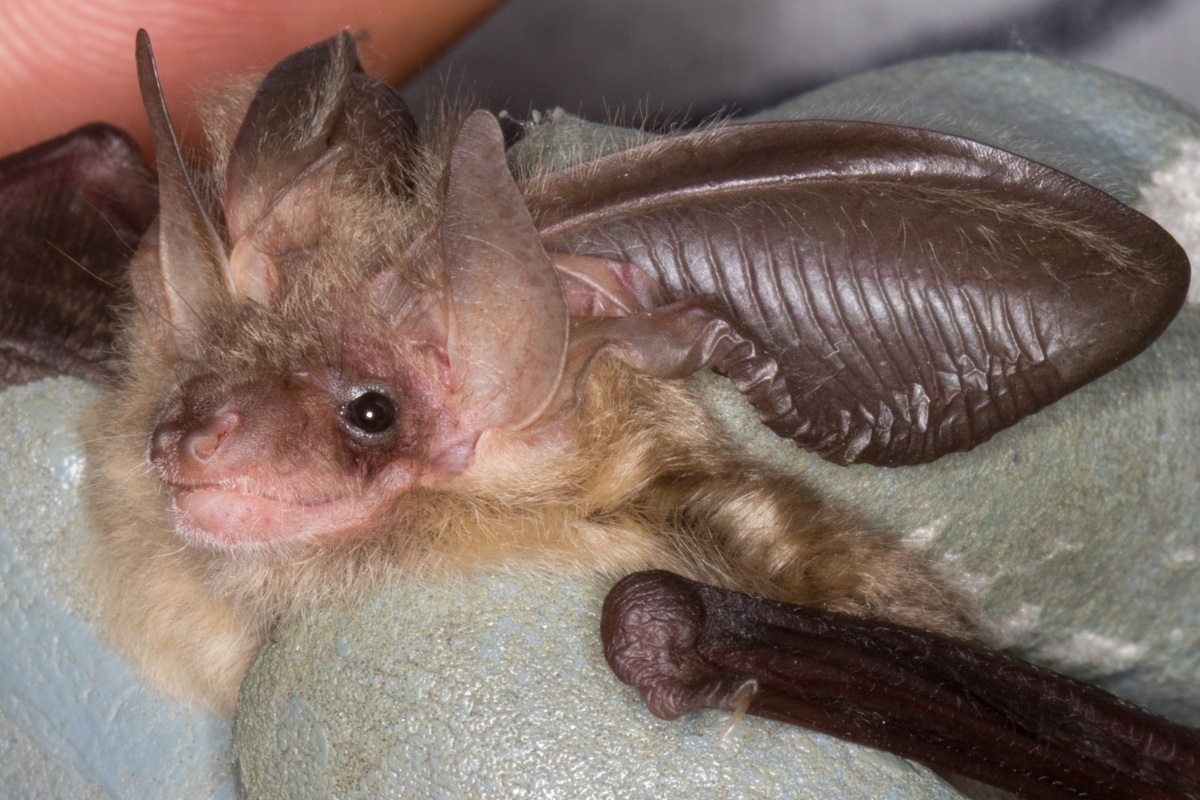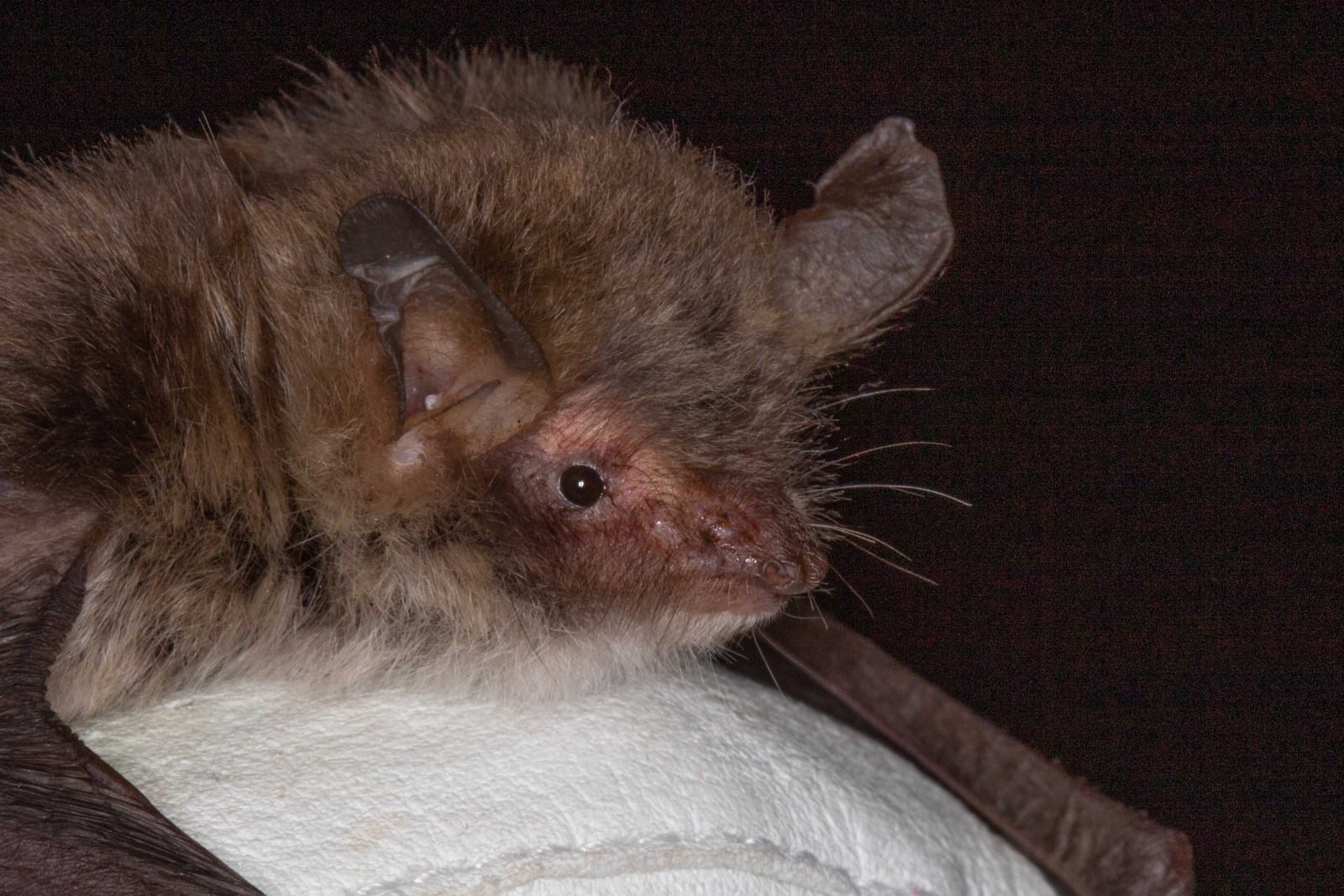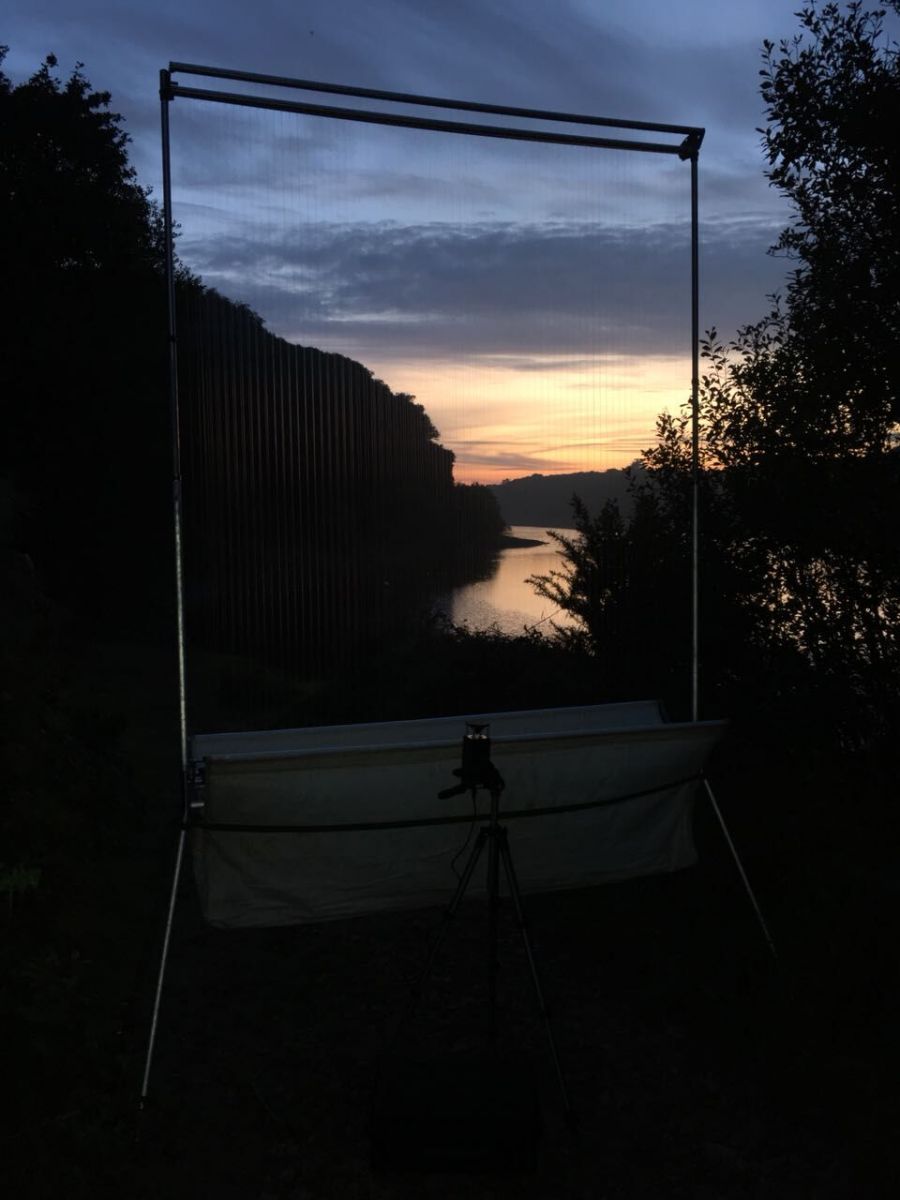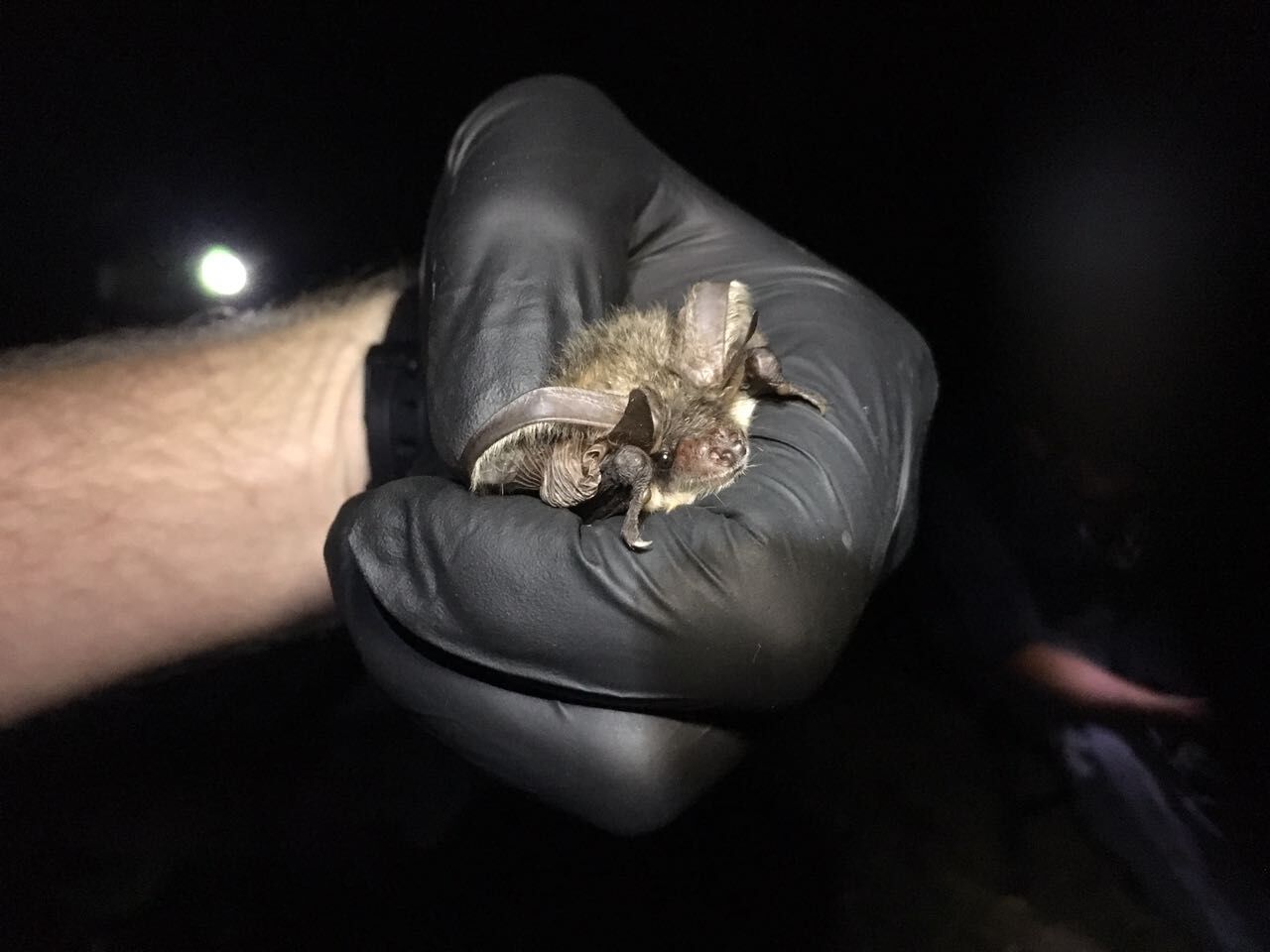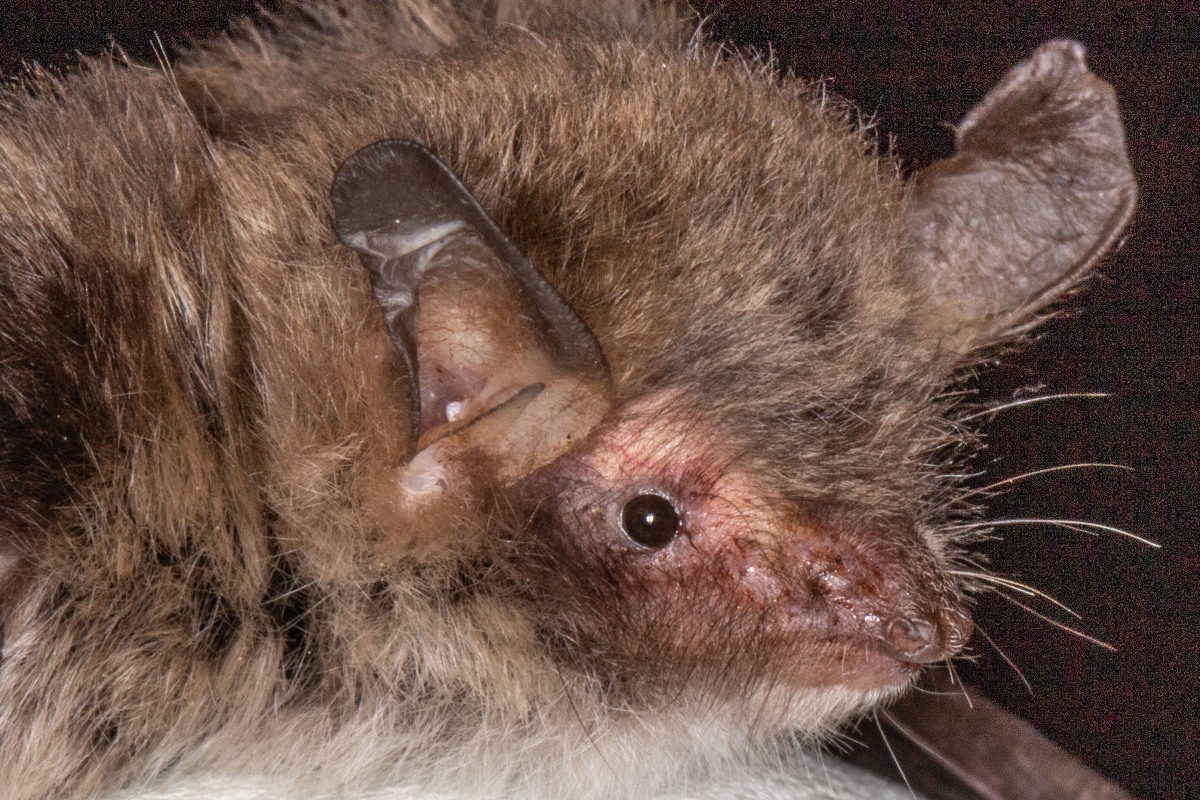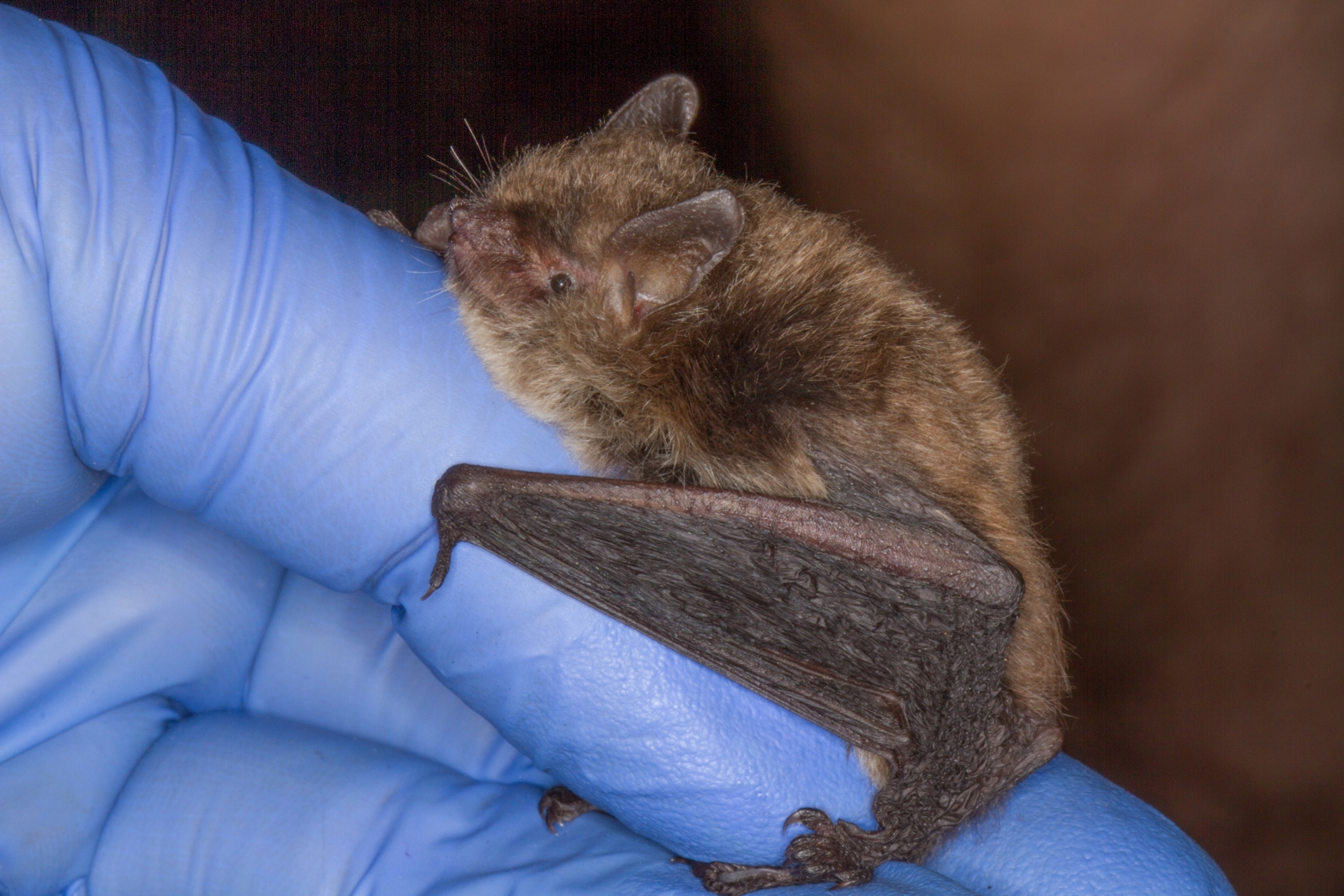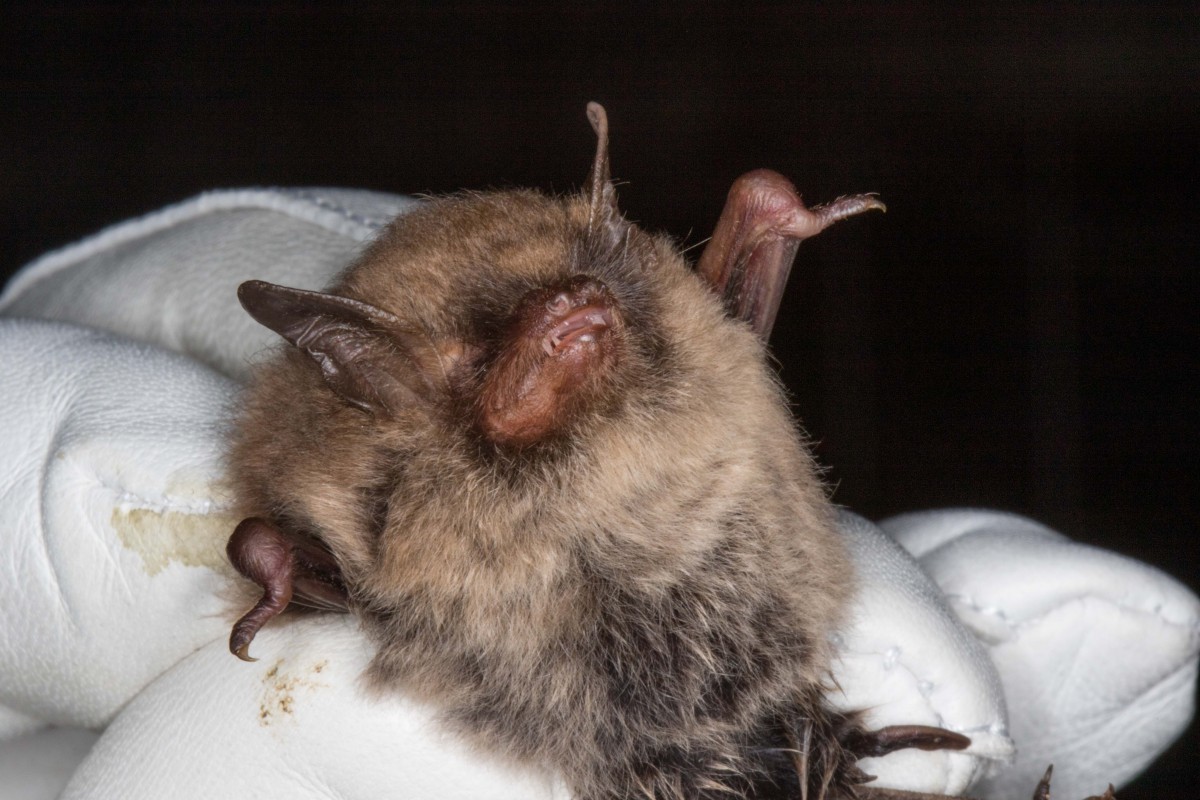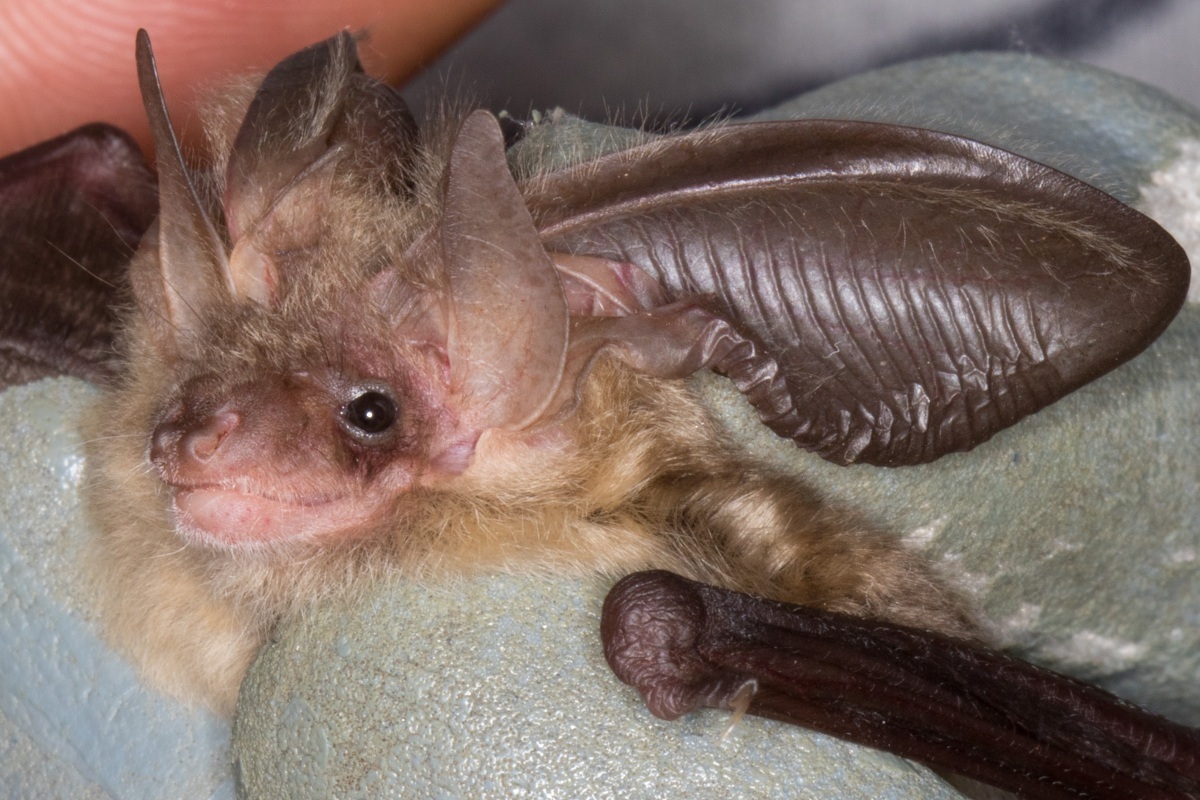Pipistrelles

photo by J.J. Kaczanow
Common pipistrelle ( Pipistrellus pipistrellus)
Soprano pipistrelle (P. pygmaeus)
Nathusius’ pipistrelle (P. nathusii)
Kuhl’s pipistrelle (P. kuhlii)
- Biometrics:
-
- Head & body: 35 – 45 mm / Kuhl’s 40 – 47 mm
- Wingspan: 190 – 250 mm / Kuhl’s 210 – 240 mm
- Weight: 3 – 8 grams / Kuhl’s 5 – 10 grams
- Call frequency: Common 45 kHz / Soprano 55 kHz / Nathusius’ 39 – 40 kHz (Note: Kuhl’s frequency found to overlap that of Nathusius’)
- Age: Up to 16 years
- Flight patterns:
- Generally irregular twists and dives. Both common and soprano pipistrelles tend to fly around rooftop high (sometimes down to head height) in fairly rapid and jinking movements. Nauthsius’ pipistrelle flies at a like height, however, exhibits rapid, deep wing beats and is not quite as agile looking as the two other species of pipistrelle.
- Emergence times:
- 15 – 30 minutes after sunset.
- Food:
- Diptera (flies, midges, mosquitoes and gnats), caddis flies, may flies, lace wings and small moths. (A single pipistrelle may consume up to 3000 insects a night!).
- Feeding habitat:
- Pipistrelles are fairly diverse and can be seen feeding over water, marshes, woodland edges, farmland, hedges, suburban gardens and urban areas.
- Roosts:
- Mainly in more modern buildings and predominantly in houses built from 1960 onwards. These small bats especially enjoy roosting under the eaves and at gable ends of houses, therefore roost outside of the house and it should be noted that they rarely enter roof spaces. Being the smallest bat in the U.K., Pipistrelles can squeeze through holes as small as ½ an inch wide. There can be differences between summer and winter roosts as follows
- Summer –
- Pipistrelles like to use confined spaces, often roosting behind weather boards, hanging tiles, under the soffit, between roofing felt and the tiles or in cavity walls. They do also use tree holes and crevices and may also roost behind a knot of ivy. Roosts sizes can be as large as 66 individuals for the common pipistrelle or up to 288 individuals for the soprano pipistrelle.
- Winter –
- Throughout the winter most records show roosts of individuals or of small groups in crevices in buildings and trees. They often settle in fairly exposed places in order to take advantage of warmer feeding weathers, should they occur. Pipistrelles are rarely found in caves and tunnels. It should be noted, however, that Kuhl’s pipistrelle is thought to use cliff crevices and cellars during the winter months.
- Breeding:
- Mating occurs in autumn and occasionally in spring time at mating roosts. Maternity colonies are established in late spring and are occupied from around May through until August / September. The maternity roosts are comprised almost entirely of females who give birth to a single young late June to mid July. The young are weaned at 6 weeks and females can be seen at this time making several feeding trips a night whilst they lactate in order to meet the energetic demands for producing milk for their offspring.
- General distribution notes:
- The common and soprano are the commonest and most widespread bat in the U.K. This is reflected in previous findings in Jersey and are viewed as our most abundant bats on the island.Little is known about Nathusius’ pipistrelle or its distribution throughout the U.K. and it is thought to be solely a winter visitor. Recent studies would suggest, however, that they are present year round here in Jersey and future surveys will hopefully shed more light on their status.Kuhl’s pipistrelle was previously viewed as a Southern European species, ranging from Spain through to Caucasus but has recently shown a further expansion of this range with a breeding colony found in Jersey and other individuals recorded in the Ukraine.
